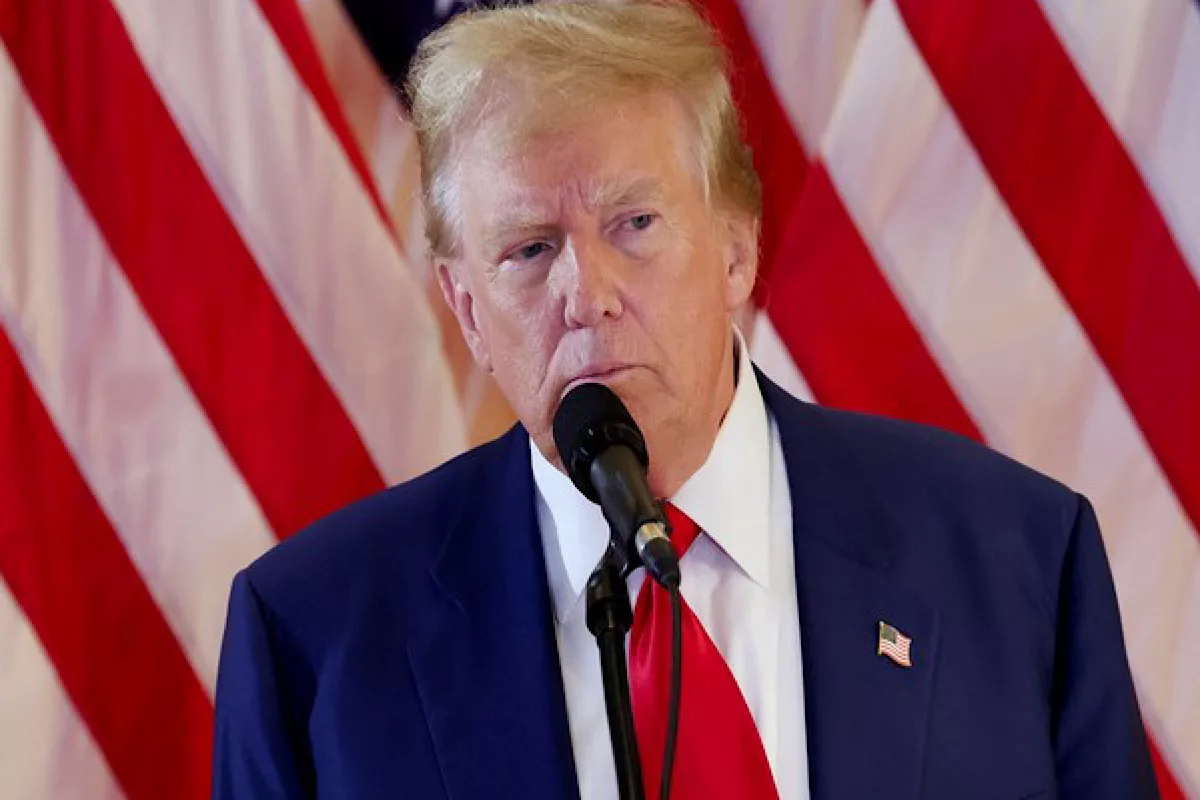Hamas warned
The latest warning issued by President Donald Trump to Hamas marks a sharp escalation in rhetoric, reflecting his aggressive approach to foreign policy.
The recent assassination attempts on former President Donald Trump have sent shockwaves through America, raising urgent questions about the state of security for high-profile figures.

U.S. President elect Donald Trump (REUTERS/Brendan McDermid)
The recent assassination attempts on former President Donald Trump have sent shockwaves through America, raising urgent questions about the state of security for high-profile figures. While tragic consequences were averted, the one in Pennsylvania revealed a disturbing series of lapses in what is supposed to be an elite, highly trained security apparatus.
As investigations continue into Secret Service lapses on July 13, the force’s failure should be a turning point, urging a complete reassessment of how security is handled for political figures in an increasingly polarised and dangerous environment. At the heart of the issue is the tragic reality that a young man, armed with a borrowed rifle, was able to elude authorities for more than 90 minutes before firing shots that could have been fatal.
Advertisement
How could the Secret Service, tasked with safeguarding former presidents, fail so comprehensively? The issue lies not just with the agency itself, but with the broader system of coordination ~ or lack thereof ~ among law enforcement agencies. One of the most glaring mistakes was the decision to exclude a critical building from the Secret Service’s security perimeter, leaving it in the hands of local police. This misstep created a gap that the assailant exploited. Worse still, reports of suspicious activity on that rooftop were ignored or mishandled. Such lapses suggest a breakdown in communication and prioritisation. How can a security agency, with all the technology and manpower at its disposal, fail to act on credible warnings? Beyond the perimeter, the failure to deploy crucial surveillance tools added to the disaster.
Advertisement
The Secret Service reportedly declined offers to use local police surveillance drones, and didn’t detect the shooter’s drone until it was too late. This kind of technological oversight is unacceptable in an era where such assets can be the difference between life and death. Another critical flaw is the lack of real-time communication between the Secret Service and local law enforcement. These entities are supposed to work in close coordination, especially when it comes to securing venues and high-profile figures. Yet, this incident exposed a communications breakdown that allowed the shooter to act unimpeded. The inability to collaborate effectively points to a deeper structural problem that must be addressed to prevent future failures.
The overarching question remains: Why did this happen? What motivated the shooter to target the former president? While investigations will eventually uncover more details about the perpetrator’s motives, the pressing issue is ensuring such a situation never occurs again. In a climate where political tensions run high, protecting national leaders is not just about safety ~ it’s about preserving the stability of the country. The failure in this case is a stark reminder that even the most elite security forces are vulnerable to human error, miscommunication, and technological gaps. The United States cannot afford to take these risks lightly. It’s time for a top-to-bottom overhaul of how the security of political figures is managed, ensuring that all agencies work together seamlessly
Advertisement